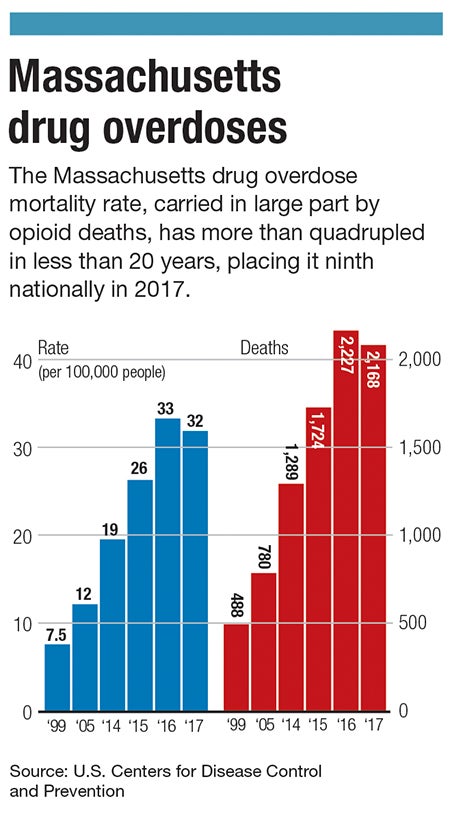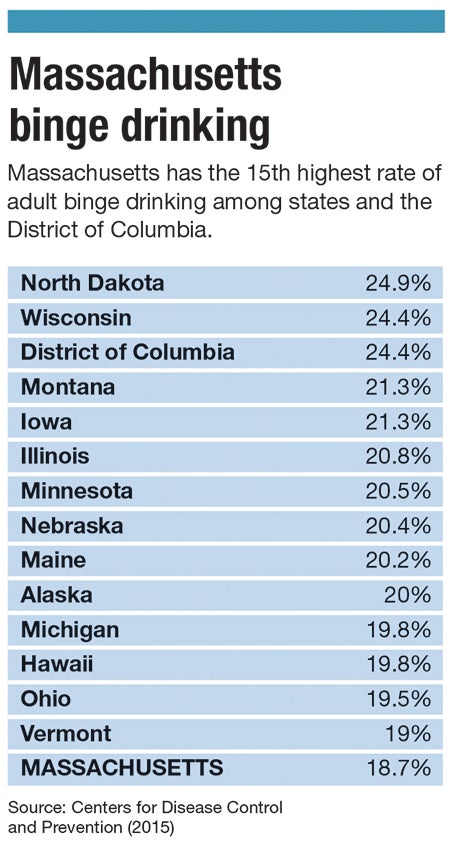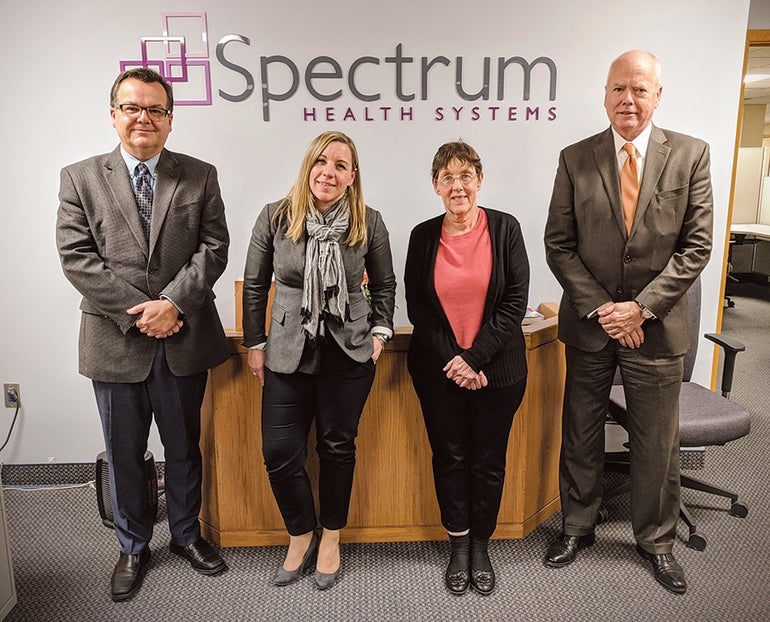When Spectrum Health Systems got its start half a century ago, the agency was located in Methuen, was named the Challenge House, and the addiction treatment industry thought little of the complex ways people could be helped.
Get Instant Access to This Article
Subscribe to Worcester Business Journal and get immediate access to all of our subscriber-only content and much more.
- Critical Central Massachusetts business news updated daily.
- Immediate access to all subscriber-only content on our website.
- Bi-weekly print or digital editions of our award-winning publication.
- Special bonus issues like the WBJ Book of Lists.
- Exclusive ticket prize draws for our in-person events.
Click here to purchase a paywall bypass link for this article.
When Spectrum Health Systems got its start half a century ago, the agency was located in Methuen, was named the Challenge House, and the addiction treatment industry thought little of the complex ways people could be helped, such as addictions being accompanied by mental health challenges.
That’s not all that’s changed for Spectrum, which is now based in Worcester and has a presence across Massachusetts and in three other states.
Spectrum offers multiple forms of medication-assisted treatment, including for opioid and alcohol addiction. It offers recovery support navigators to help patients after their time at an inpatient facility, and its providers have been tapped for their expertise to talk at national conferences and to municipal officials across the country.
“As the field evolves, Spectrum has evolved,” said Lisa Blanchard, Spectrum’s vice president of clinical services.
Now at the 50-year mark, Spectrum has also set ambitious goals for itself and is looking at further expansion both in the number of facilities – now at 14 – and the types of services it provides.
Spectrum has three additional facilities planned, though it isn’t ready to disclose where they’ll be located. The agency is also looking into providing at-home addiction treatment care for patients and including less-traditional care methods such as yoga, a departure for a provider historically stuck to more clinically-proven practices.
This summer, Spectrum’s president and CEO, Kurt Isaacson, set a goal of treating 500,000 patients in total by 2025. That’s up from an estimated 80,000 to 88,000 a year Spectrum treats now.
The evolution of addiction care
Spectrum got its start as a single location called the Challenge House in Dracut before making its way to Westborough and ultimately to its headquarters in Worcester.

In 1986, Spectrum says it became the first community-based addiction treatment center to be accredited by national healthcare nonprofit The Joint Commission. By 2018, Spectrum’s know-how was sought after enough it began its own educational division to help organizations and communities better understand challenges around addiction.
Half a century ago, care was different enough people being treated for alcoholism, for example, wouldn’t have had likely underlying mental health issues or concurrent addictions also treated.
“Fifty years ago, you were only treated for addiction,” Isaacson said, emphasizing the narrow focus then.
In time, the medical field came to find patients would often struggle with more than one addiction, or that a previous trauma, depression or anxiety would complicate and help explain why that person may be battling addiction.
It is an evolution veterans of the human services industry have noticed, including Ken Bates, the president and CEO of Worcester’s Open Sky Community Services, which works to help those with mental health or disability challenges, along with homelessness, trauma and other areas.
“The understanding and evidence research has certainly gotten a lot better,” Bates said.
“It’s progressed with how treatments have evolved from siloed ‘We’ll treat one thing and then we’ll treat another’ to ‘We’ll treat someone as a whole.’”
Peer support and eroding stigmas have helped, Bates said.
“It’s gotten better. We still have a long way to go,” he said.
At Spectrum, services have changed to include three peer recovery support centers, which the agency is looking to further expand. Medication-assisted treatment, such as methadone for opioid addiction and naltrexone for alcoholism, is in widespread use.

Spectrum also works to make sure clients’ varying needs are met with flexibility.
“What works with one client may not work with another,” Isaacson said.
Drug use & suicide rates rising
Changing methods of dealing with addiction and mental health challenges come as both of those areas have shown worsening crises.
The death rate from drug overdoses in Massachusetts has more than quadrupled in less than two decades, rising to ninth highest in the country in 2017, according to the U.S. Centers for Disease Control and Prevention. The number of drug fatalities that year, 2,168 in all, came almost exclusively from opioids.

Massachusetts has the 15th highest rate of adult binge drinking, and its suicide rate rose by one-third from 1999 to 2016, according to the CDC.
Those rates leave a substantial portion of the population needing addiction or mental health services not receiving it, Spectrum said.
Only an estimated 12% to 15% of those who need care are getting it, said Dr. Romas Buivydas, Spectrum’s vice president of clinical development. That’s why this summer, Isaacson set a goal of treating 500,000 patients by 2025.
“Our primary focus is to respond to where there’s a need,” Blanchard said.
Spectrum now sees around 5,400 patients on an outpatient basis each day for methadone treatment, up from 2,400 in 2013 and around 800 two decades ago.
“And that felt like a really big number,” Robin Nagle, a Spectrum clinical supervisor, said of the earlier figure.
Spectrum’s growing footprint now includes Framingham, Leominster, Marlborough, Milbury, Milford and Southbridge in Central Massachusetts, along with others in the Berkshires, Saugus and Waltham.
More than 300 inpatient beds are available for patients at facilities in Westborough and Weymouth. Spectrum has a presence in correctional facilities in Georgia, Tennessee and Virginia.
That list is set to expand by another three centers Spectrum has planned.
“There’s this whole subset of the population who needs care,” Isaacson said.

